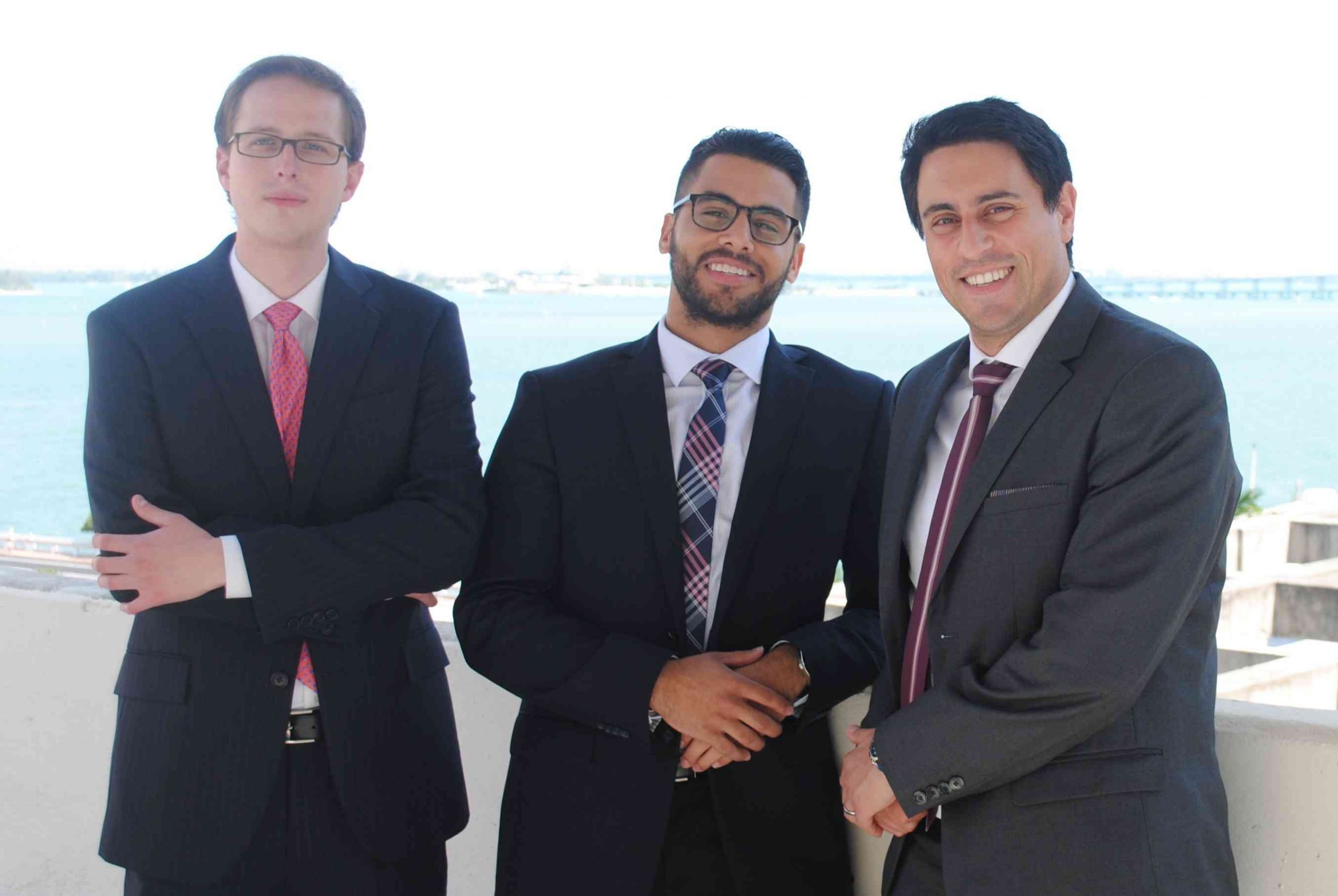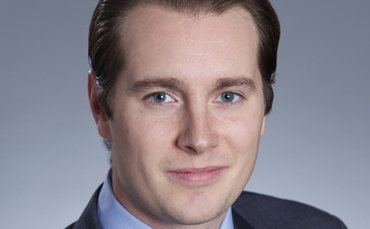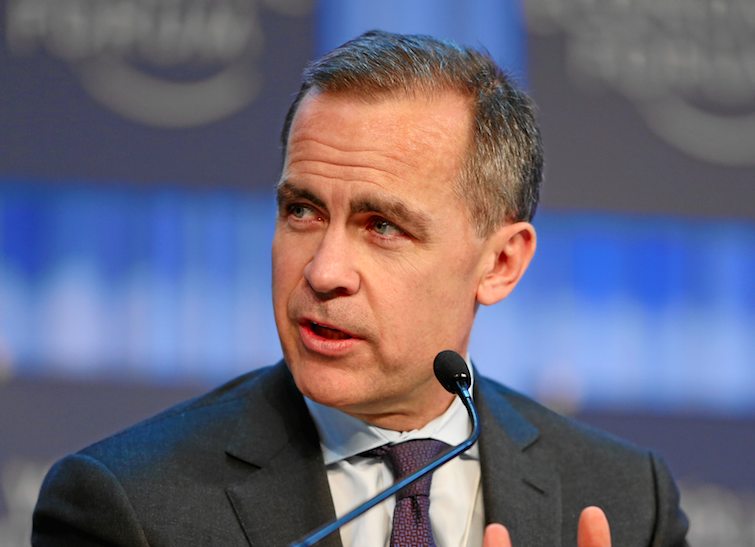The IMF Alerts Against the Developing Markets Vulnerability to US Monetary Policy
| By Fórmate a Fondo | 0 Comentarios

Historically, for every 100 basis points (bps) that the interest rates go up in the United States, they increase 40 to 70 in advanced economies and 100-150 in the rest of the world. The IMF forecasts US short-term rates, currently at zero, of 4% in 2018, while long-term rates, now at 2.8%, will reach that year their equilibrium at close to 5%. Therefore, the emerging markets must brace for a significant tightening of their financial conditions.
That is the view of the IMF’s Department of Financial and Monetary Affairs, José Viñals, who spoke in Miami on Monday in the
Viñals did not hide his worries over the expansion of credit in China and other emerging markets. The former ‘number two’ of Spain’s central bank said that “the fragility of the business sector in Asia and Latin America worries the IMF.” That compounded with the lack of reform in some big emerging markets, such as Brazil.
As long as the exit from the extremely accommodative US monetary policy goes according to the IMF’s ‘central scenario’, serious tensions should be avoided. Viñals reminded (not remembered) the audience -made by one hundred of pension fund managers and government regulators, most of them Latin American- that in fact, the emerging markets managed to avert a crisis last summer, when Ben Bernanke’s bad communications about the ‘tapering’ made “everyone” feel confused and the market had several weeks of high volatility. So the emerging markets’ ability to escape the crisis and fix their problems should not be underestimated.
This time the risks are bigger than in 2014, partly because central banks have had to choose between inflating assets and letting the economies fall into depressions and deflation. The choices were so stark that there is very little to argue against what the central banks have done.
However, those policies’ consequences are clear. With their liquidity injections, “central banks have compressed volatility [in the financial markets] in an extraordinary manner”. The former deputy governor of the Bank of Spain explained that “when interest rates and volatility are low, investors take extraordinary risks.”
Viñals remarked that “everybody who has made investments” in what he called “heterogeneous assets” has “made money” this year, in spite of the fact that the “economic news, the ‘surprises’ have been relatively bad”. To Viñals this is a conundrum: “How is it possible that the financial markets are so optimistic while the economic news that we have had lately are not so good?” As a consequence, volatility has dropped around the world–using the IMF models–to levels not seen since 2007, right before the financial crisis struck.
Getting out of that situation is not impossible, but will require good steering and some luck. Counties that are dependent of foreign capital, have little margin of fiscal maneuver, or have weak financial systems can feel the brunt of the change of the monetary conditions.













